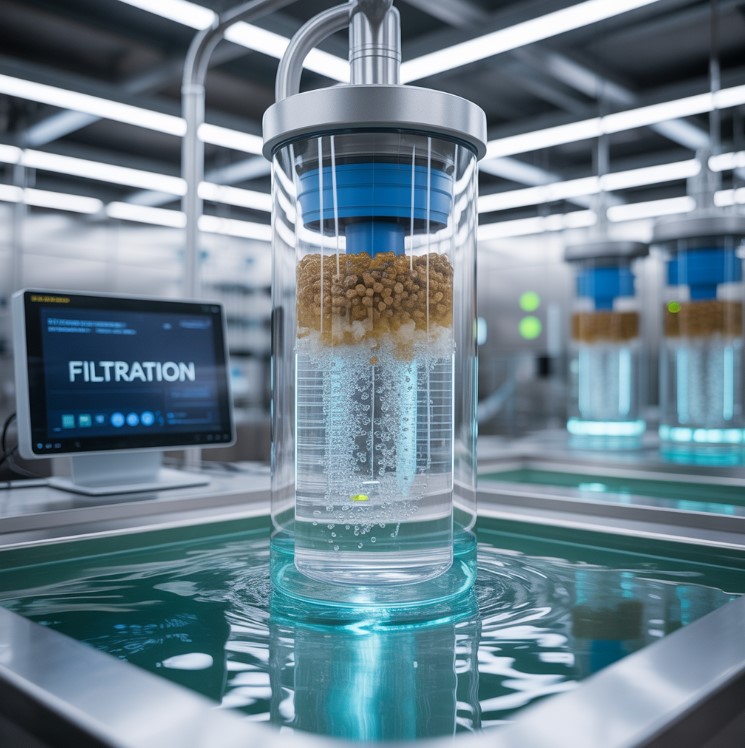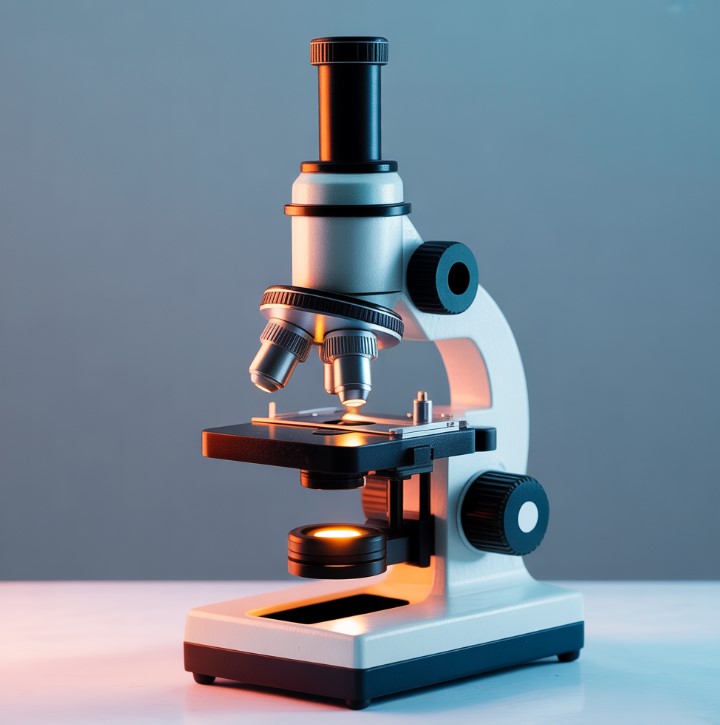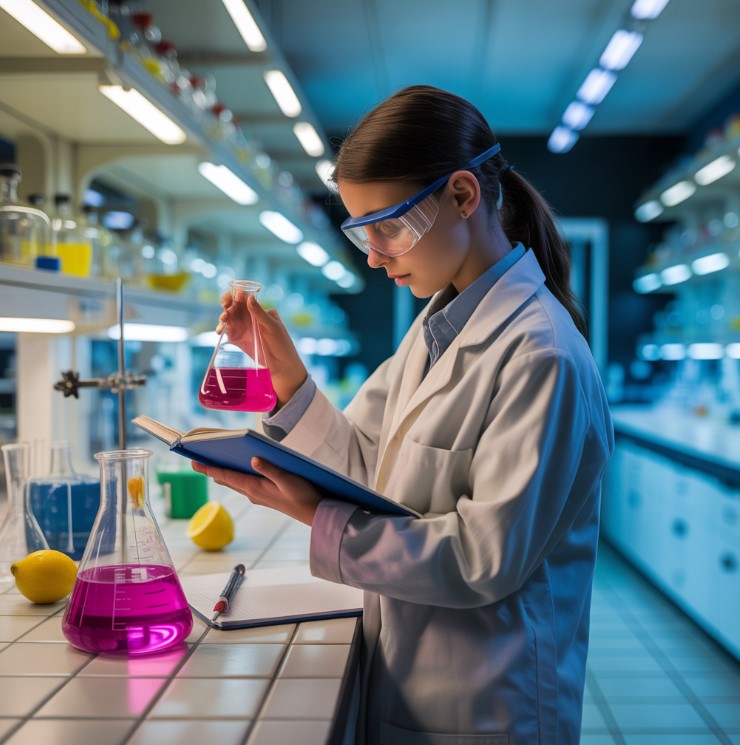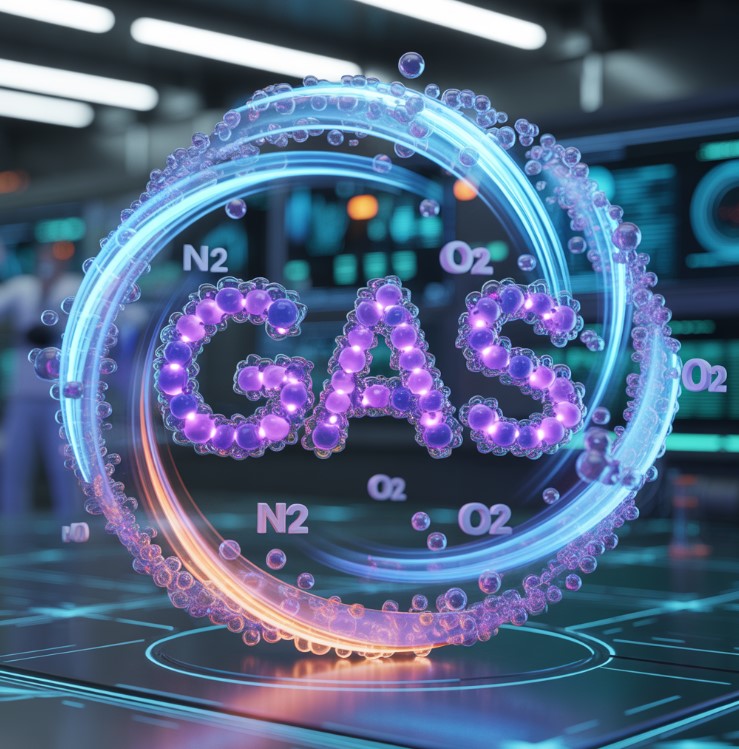Contents
Filtration represents a fundamental separation technique utilizing porous materials and specialized membranes to extract contaminants from liquids, gases, and complex mixtures across industrial, medical, and domestic applications.
Understanding Filtration Fundamentals
Filtration operates through sophisticated separation mechanisms that extend far beyond simple mechanical screening. The process involves selective permeability, where filter media act as intelligent barriers, distinguishing between desired substances and unwanted contaminants through multiple parameters including molecular size, chemical reactivity, and electrical charge.
Modern water filter systems exemplify this complexity, incorporating granular-activated carbon filters, reverse osmosis membranes, and mechanical filtration layers to achieve comprehensive purification. These systems demonstrate how contemporary filtration transcends basic sieving, employing engineered materials that respond dynamically to varying contamination levels.
Core Separation Mechanisms
| Mechanism | Pore Size Range | Target Contaminants | Applications |
|---|---|---|---|
| Mechanical filtration | 0.1-100 μm | Suspended particles | Sand filtration, coffee filter |
| Chemical filtration | Molecular level | Dissolved substances | Reverse osmosis, biological filtration |
| Biological filtration | Varies | Organic compounds | Aquarium filters, wastewater treatment |
Advanced Filtration Technologies
High-Efficiency Particulate Air Filter Systems
HEPA filter performance rating standards require 99.97% efficiency for particles 0.3 micrometers in diameter. These air filter systems utilize dense fiber networks creating tortuous pathways that capture contaminants through:
- Impaction: Large particles colliding with fibers
- Interception: Medium particles following airstream paths
- Diffusion: Small particles experiencing Brownian motion
Automotive air filter maintenance protocols emphasize regular replacement intervals, as compromised cabin air filter replacement directly impacts passenger health and HVAC system efficiency. Modern vehicles incorporate multi-stage filtration combining mechanical screening with activated carbon layers for comprehensive air purification.
Reverse Osmosis Filtration System Technology
RO filters represent the pinnacle of semi-permeable membrane filtration, forcing water molecules through microscopic pores while rejecting dissolved salts, bacteria, and viruses. The reverse osmosis filtration system operates under significant pressure, typically 35-85 PSI, overcoming natural osmotic pressure to achieve purification.
Water purification filter systems utilizing reverse osmosis can remove 95-99% of dissolved contaminants, including heavy metals, pharmaceuticals, and microbial pathogens.
Contemporary reverse osmosis installations incorporate:
- Pre-filtration stages removing chlorine and sediments
- Semi-permeable membrane filtration achieving molecular-level separation
- Post-filtration polishing for taste enhancement
- Remineralization systems replacing essential minerals
Specialized Filtration Applications
Coffee Brewing Filtration Process
The coffee brewing filtration process demonstrates sophisticated separation technique principles, where coffee filter materials control extraction rates and filtrate composition. Paper filters remove oils and fine particles, while metal screens permit oil passage, creating distinct flavor profiles.
Tea bag filtration infusion process utilizes porous material designed for optimal steeping, balancing extraction efficiency with structural integrity. Modern tea bag materials incorporate food-grade polymers with precise filtration pore size selection, ensuring complete flavor extraction while preventing leaf particle migration.
Aquarium Water Filtration Methods
Aquarium filters integrate multiple separation technique approaches:
- Mechanical filtration: Removing visible debris and suspended particles
- Biological filtration: Cultivating beneficial bacteria for ammonia conversion
- Chemical filtration: Activated carbon removing dissolved organics
Aquarium water filtration methods require careful balance between filtration efficiency and beneficial microorganism preservation, demonstrating the sophisticated nature of biological filtration systems.
Industrial Solid Liquid Separation
Belt filter systems excel in industrial solid liquid separation, particularly in wastewater treatment and mining applications. The belt press filter dewatering process combines gravity drainage with mechanical compression, achieving superior solid-liquid separation efficiency compared to traditional methods.
Sand filtration wastewater treatment facilities utilize slow sand filter pathogen removal mechanisms, where biological schmutzdecke layers provide additional purification beyond mechanical screening. These systems demonstrate how filtration transcends simple physical separation, incorporating biological processes for enhanced contaminant removal.
Medical and Scientific Filtration
Dialysis Artificial Kidney Function
Dialysis represents the most sophisticated medical filtration application, where dialysis artificial kidney function replicates natural kidney processes through semi-permeable membrane filtration. The procedure removes urea, creatinine, and excess electrolytes while preserving essential proteins and blood cells.
Modern dialysis equipment incorporates:
- High-flux membranes with precise molecular weight cutoffs
- Counter-current flow optimization
- Ultrafiltration for fluid removal
- Real-time monitoring systems
Vacuum Filtration Laboratory Equipment
Büchner funnel systems and vacuum filtration laboratory equipment enable precise separation in research applications. These systems accelerate filtrate collection through reduced pressure, essential for quantitative analysis and sample preparation procedures.
Laboratory filtration protocols require careful filtration pore size selection based on target analytes, ensuring complete retention while maintaining reasonable flow rates.
Automotive and Industrial Applications
Engine Protection Through Filtration
Oil filter engine protection mechanisms prevent premature wear through continuous lubricant purification. Modern automotive filters incorporate bypass valves, anti-drainback valves, and high-capacity media for extended service intervals.
Automotive air filter maintenance impacts both engine performance and longevity. Clogged filters restrict airflow, reducing combustion efficiency and increasing emissions. Regular inspection and replacement maintain optimal engine operation.
Industrial Process Filtration
Manufacturing facilities employ various filter technologies for process optimization:
- HEPA filter systems for cleanroom environments
- Mechanical biological physical filtration for wastewater treatment
- Specialized media for chemical processing applications
These systems demonstrate filtration versatility across diverse industrial applications, from pharmaceutical manufacturing to food processing.
Environmental and Sustainability Considerations
Water Treatment Infrastructure
Municipal water treatment facilities integrate multiple filtration stages:
- Sand filtration removing suspended solids
- Granular-activated carbon filters eliminating organic contaminants
- Semi-permeable membrane filtration for advanced purification
- Disinfection and pH adjustment
Sand filtration wastewater treatment processes utilize both rapid and slow sand filter pathogen removal techniques, achieving comprehensive contaminant elimination through physical, chemical, and biological mechanisms.
Air Quality Management
Air filter systems contribute significantly to environmental protection:
- HEPA filter performance rating standards ensure consistent particle removal
- Cabin air filter replacement reduces vehicular emissions impact
- Industrial filtration systems minimize pollutant discharge
Emerging Technologies and Future Developments
Nanotechnology Integration
Advanced filtration research explores nanomaterial applications:
- Graphene-based membranes with unprecedented selectivity
- Self-cleaning surfaces reducing maintenance requirements
- Smart materials responding to contamination levels
Sustainable Filter Materials
Environmental consciousness drives filter material innovation:
- Biodegradable tea bags and coffee filter materials
- Recyclable automotive filters
- Energy-efficient membrane manufacturing processes
Frequently Asked Questions
Q: How often should automotive filters be replaced?
A: Oil filter engine protection requires replacement every 3,000-7,500 miles depending on driving conditions and oil type. Cabin air filter replacement typically occurs annually or every 12,000-15,000 miles.
Q: What makes HEPA filters effective?
A: HEPA filter performance rating achieves 99.97% efficiency through dense fiber networks creating multiple capture mechanisms including impaction, interception, and diffusion.
Q: How does reverse osmosis differ from regular filtration?
A: Reverse osmosis filtration system technology forces water through semi-permeable membranes under pressure, removing dissolved contaminants that pass through conventional mechanical filtration systems.
Q: Are expensive water filters worth the investment?
A: Water purification filter systems provide long-term value through reduced bottled water costs, improved taste, and contaminant removal, particularly in areas with compromised water quality.
Q: How do aquarium filters maintain water quality?
A: Aquarium water filtration methods combine mechanical filtration, biological filtration, and chemical filtration to remove debris, process waste products, and eliminate dissolved organics.
Conclusion
Filtration technology continues evolving through interdisciplinary innovation, addressing global challenges from clean water access to air quality management. Understanding these separation technique principles empowers informed decision-making regarding filter selection and maintenance across domestic, industrial, and environmental applications.
Modern filtration systems demonstrate sophisticated engineering combining porous material science, membrane technology, and process optimization. Whether selecting water filter systems, maintaining automotive filters, or implementing industrial separation technique solutions, comprehensive filtration knowledge enables optimal performance and sustainability.







